Minnesota codifies e-bike classes and offers rebate incentive to buy your own
If you’ve spent time on Minnesota trails in the last few years, you may have noticed a growing trend: Electric bicycles, or e-bikes now make up the fastest-growing bicycle segment. And all projections say their momentum is just building.
It’s easy to see why. Just ask someone who has ridden one and you’ll hear, they’re just plain fun.
But, amid the growth and excitement, also reigned confusion. The variety of designs and capabilities left regulators unsure where e-bikes fit—are they more like bicycles, scooters, or motorcycles? We’re finally getting some clarity.
The trade association, PeopleForBikes, has played a pivotal role in defining e-bikes into three classes, a classification now adopted by 42 states, including Minnesota, as of 2021.
These classes share a basic definition of bicycles (operable pedals and 2-3 wheel) and limit the electric motor to 750 watts. The class difference comes into play with the pedaling requirement and the maximum speed of the motor (see table). In Minnesota, bicycle manufacturers or distributors must affix a label to all e-bikes according to this classification.
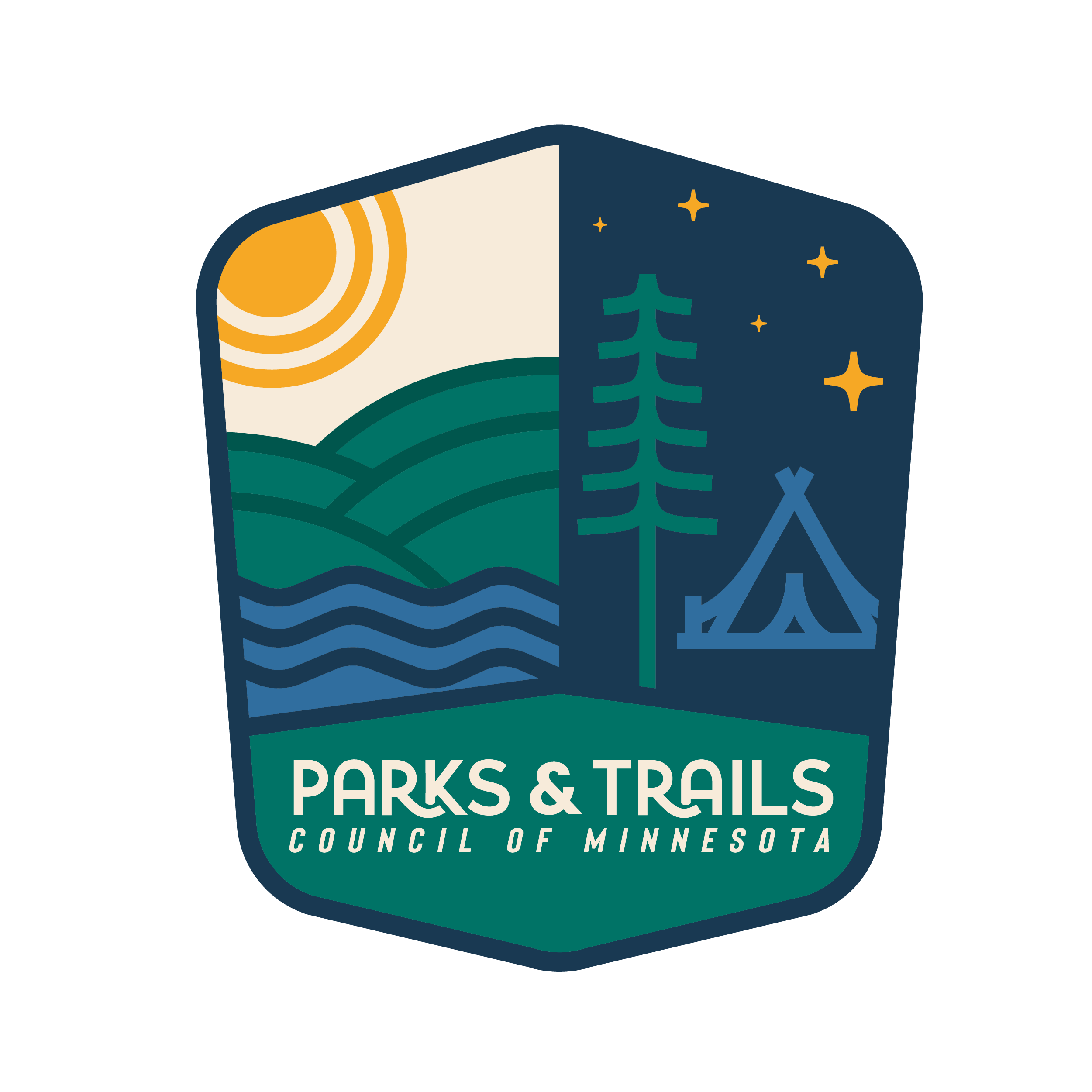

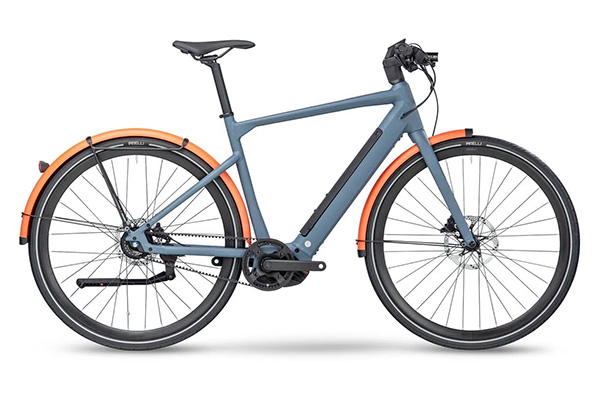
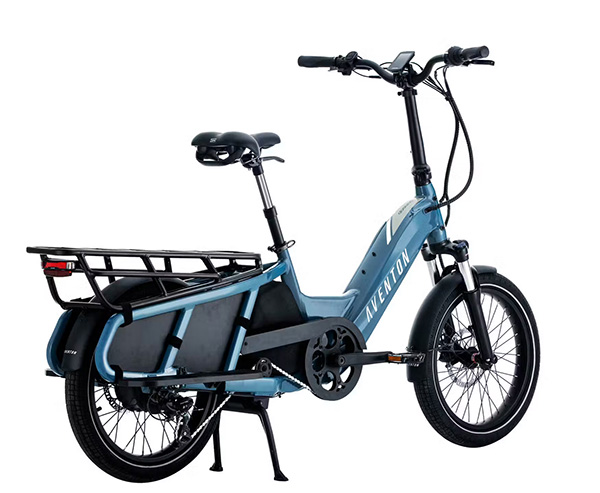
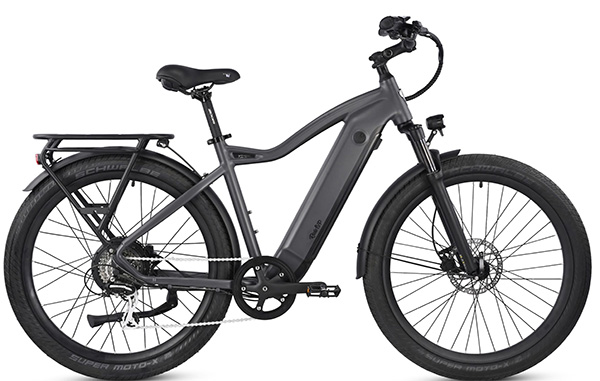
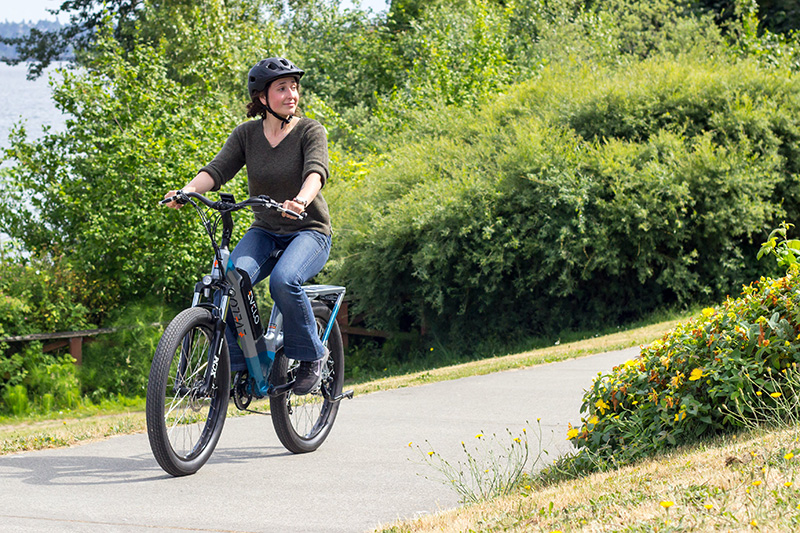 While e-bikes gain acceptance, safety concerns persist, particularly with class 2 and 3 e-bikes. Their increased speed and weight compared to traditional bicycles hint at the potential for more serious crashes. The top speed of a class 3 e-bike, 28 mph, is faster than the average Tour de France speed. Meanwhile, when it comes to automobiles, some cities embrace the motto “20 is plenty” to encourage driving no faster than 20 mph on city roads. This begs the question, why should bicycles on a trail go faster than what’s considered prudent for a car on a street?
While e-bikes gain acceptance, safety concerns persist, particularly with class 2 and 3 e-bikes. Their increased speed and weight compared to traditional bicycles hint at the potential for more serious crashes. The top speed of a class 3 e-bike, 28 mph, is faster than the average Tour de France speed. Meanwhile, when it comes to automobiles, some cities embrace the motto “20 is plenty” to encourage driving no faster than 20 mph on city roads. This begs the question, why should bicycles on a trail go faster than what’s considered prudent for a car on a street?